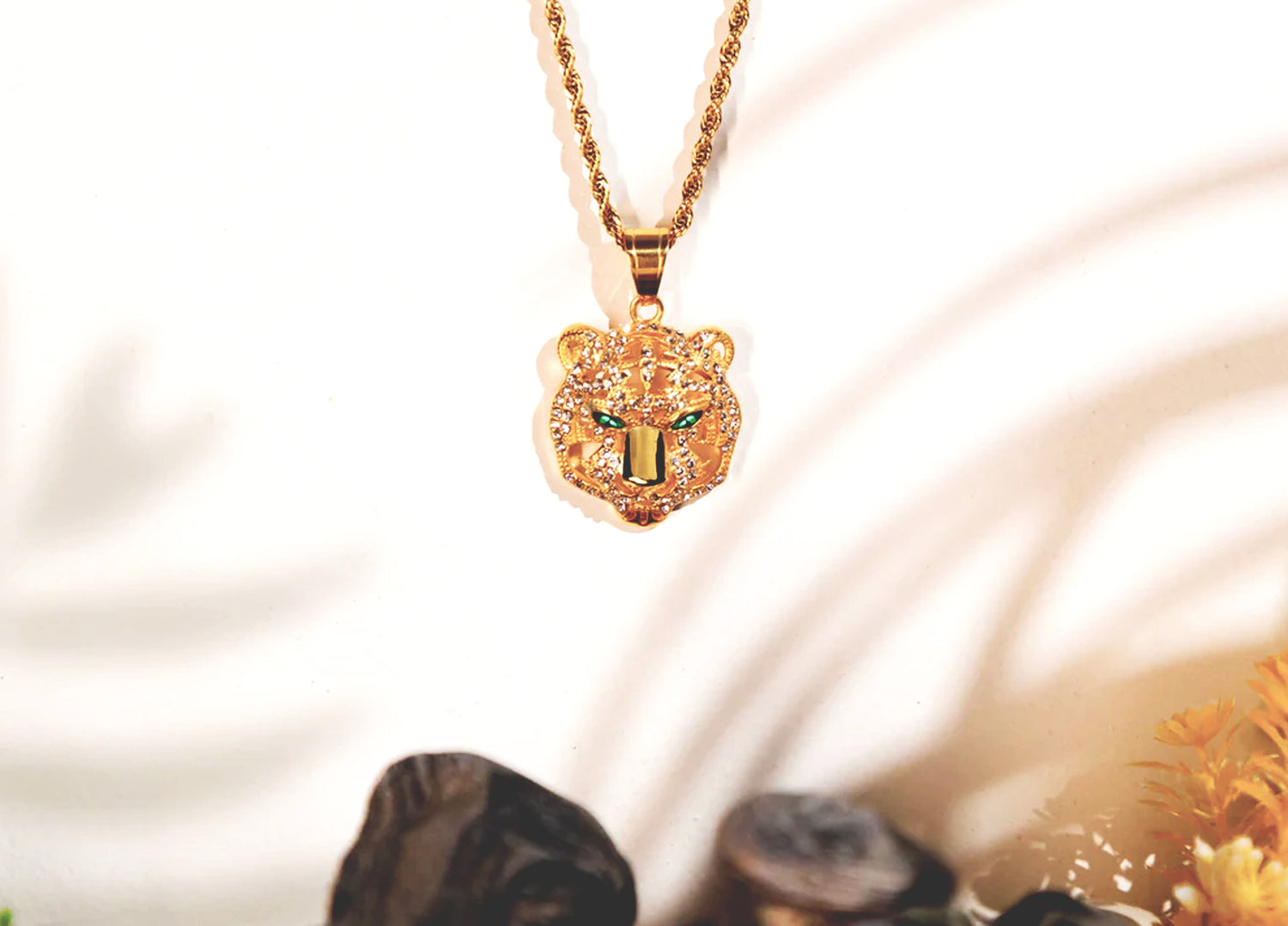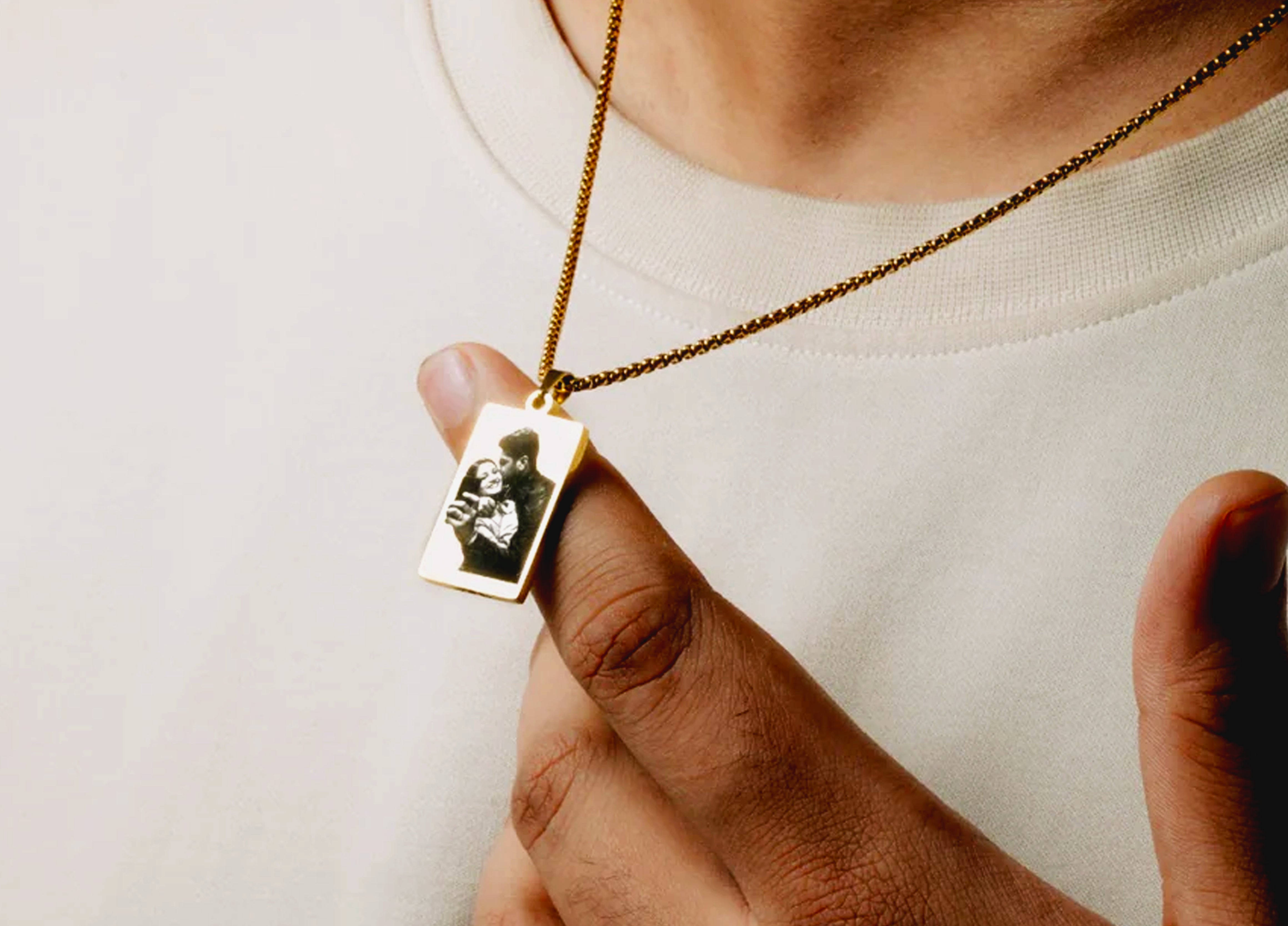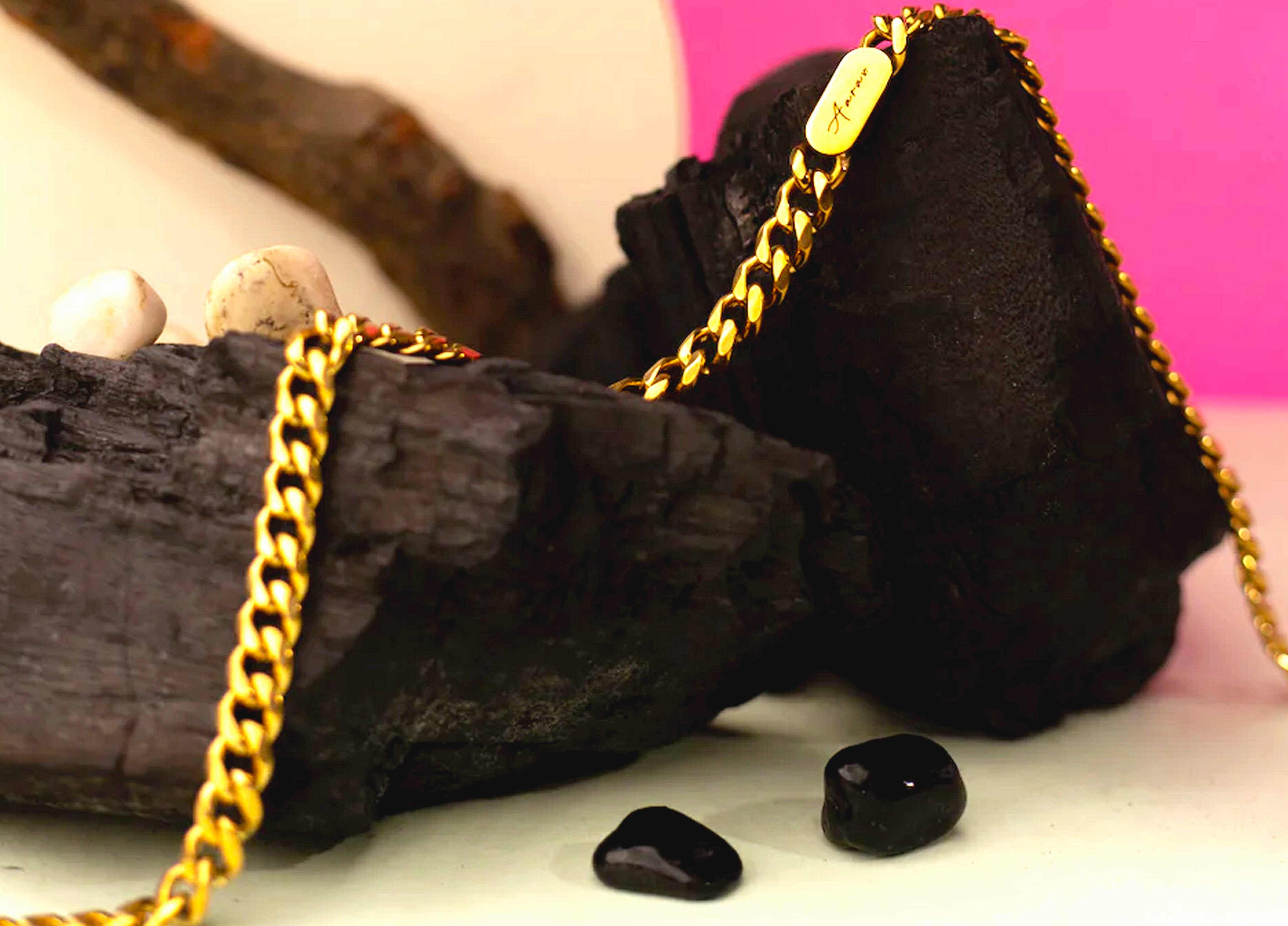Education in designing jewellery provides the student with the skills and knowledge to perform outstandingly in a dynamic sphere of jewellery production. Such specialized education usually covers both artistic and technical components, ensuring that the student is prepared to create technically correct unique products. Most courses in jewellery design programs have an educational base composed of both drawing and design principles. This is where students are taught to develop their ideas into field visions and, further, translate them into detailed sketches. Therefore, basic development gives a student an understanding of proportions, balance, and composition. Students are also introduced to a wide range of materials and techniques, such as metal working, gem setting, and enamel work. Mastery of such techniques, therefore assist the designer to handle materials creatively and effectively in order to make sure the sustainability and functionality in his or her design alternatives.
Part of learning design in jewellery deals with history and cultural contexts of jewellery. It provides a good guideline for understanding the evolution of design trends and how jewellery has played a role in different societies. Quite often, historical pieces and styles in the study make students look at their own work with a greater sense of diversity. Most of the present-day jewellery design courses focus on the use of the technologies, and some involve the use of CAD software, in which the student, with that software, can produce 3D models of sexy details and configurations of his/her mind to design. This way, the students are well-accustomed to the process of visual complex piece so that design is further engineered for fast production.
In addition, most of the education programs in jewellery design offer business and marketing education. Business skills are necessary to be independent in business. Again, learning how to market its designs will be cultivated through brand management and public relations in building an established career. To a greater extent, jewellery design education is an overall process of creativity with technical expertise, historical knowledge, and business acumen, setting forth relevant and innovative students for a purposeful professional career.
Drawing and Functionality For Jewellery Design
Drawing is the first step to designing jewellery. The primary purpose of drawing in jewellery design is for a designer to express his or her idea or thought visually. Designers study shape, texture, and proportion through intricate sketches. The relationship between the drawing and functionality is paramount. While sketches and models may prove an artistic expression, these designs need to be assessed for feasibility of use. It means to select appropriate materials for the design and ensure that construction methods support intended uses.
Thus, making design functional mostly involves prototyping, where the initial sketch is rendered into a physical model. This way, a designer will test and evaluate the functionality of a design before the final production. It is by balancing aesthetic appeal and functionality that designers come up with jewellery that not only looks great but is also comfortable to wear and strong enough.
Handling Materials
It involves the selection of appropriate metals, gemstones, and alternative materials and precise techniques for cutting, shaping, and mounting. Adequate polishing, protective gear, and storing of works are necessary for both aesthetic appeal and durability. Material handling in jewellery design involves careful selection and manipulation of metals, stones, and alternative materials. Precise techniques must be employed in cutting, shaping, and setting methods that ensure durability as well as aesthetic values. Proper polishing to give it the desired finish, protective gear, and correct storage prevent damage, therefore ensuring that the integrity of the material is kept throughout the designing process.
Essential Business Acumen
Business acumen in jewellery design includes knowledge of the market trends, clients' needs, and how one can brand themselves effectively. This shall involve pricing strategies, balancing cost with value, while managing production timelines and understanding supply chains in sourcing materials. Marketing and selling skills are required to promote collections, and there is a related need for financial management, budgeting, and forecasting. It is through this networking that one will meet various professional people in the industry who can help in the growth of the business. One ensures acute awareness of the intellectual property rights and other legal matters so that designs are well protected. This, coupled with creative skills, aids the designer in building a successful and sustainable brand of jewellery.
Global Jewellery Design Schools
The best schools for jewellery design, spread across the world and in India, provide the best training in this field. The Gemological Institute of America educates by the comprehensive courses it has in the field of gemmology and design. London's Royal College of Art and New York City's Parsons School of Design are known for their more avant-garde studies. In India, the National Institute of Design in Ahmedabad and the Indian Institute of Gems & Jewellery in Mumbai are two institutes that provide specialized education in jewellery design. Courses at the Jewellery Design and Technology Institute, Delhi, and the Apeejay Institute of Design are other places where both creative skills and technical knowledge are imparted to aspiring designers.
This education will equip one with skills to design intricate pieces such as engraved jewellery, whereby the inclusion of a personalized engraving gives it a distinct feel. Not to forget, creation of personalised name jewellery imbues an artist with the capacity to present clients with bespoke offerings that resonate with identity. An example of popular design elements includes the bar pendant, which characterize the epitome of technical expertise and creativity harnessed together in realizing an elegant, yet customizable piece of jewellery. These are the skills that, when mastered, would give aspiring designers the edge to make their ways in a very competitive industry and to create such pieces that are not only aesthetically stunning but also of deep meaning to their clients. It teaches students how to make engraved jewellery, name jewellery, and bar pendant. Knowing these techniques, as learned from some of the top global and Indian institutes, helps designers combine creativity with technical skill for stand-out, personalized creations.




Leave a comment
All comments are moderated before being published.
This site is protected by hCaptcha and the hCaptcha Privacy Policy and Terms of Service apply.